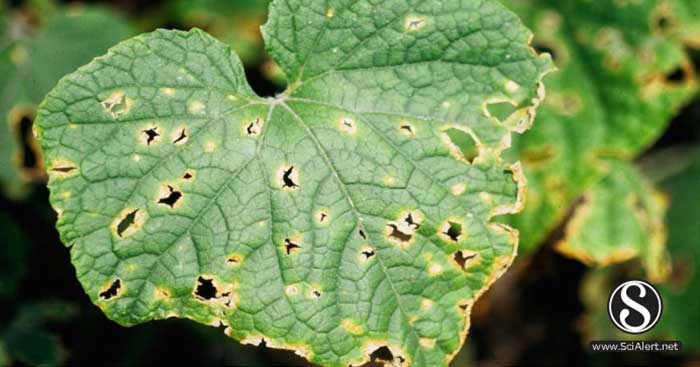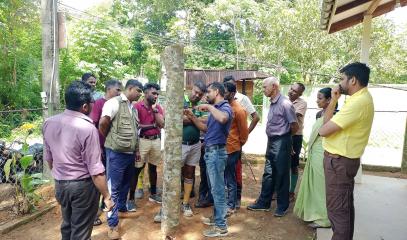Sri Lankan research team identifies fungus that attacks rubber plants
The discovery was made thanks to the work of the Rubber Research Institute of Sri Lanka (RRISL). The global problem affects plants by delaying the production of the nutrients they need, impacting latex output. With the disease, yields drop by up to 40 per cent. The problem could get worse in the future.
Colombo (AsiaNews) – A team of researchers at the Rubber Research Institute of Sri Lanka (RRISL) has identified – first in the world – the fungus responsible for Colletotrichum tropicale, a disease (anthracnose) characteristic of plants found in tropical and subtropical areas.
The fungus is a global problem that affects particularly rubber cultivation. After it develops, it delays the main function of the leaf which is to produce nutrients for the plant through photosynthesis, resulting in less latex production.
Rubber (Hevea brasiliensis) is one of Sri Lanka’s main cash crops with over 137,000 hectares under rubber cultivation, and represents one of its main sources of foreign exchange earnings.
Production is concentrated in the districts of Kegalle, Ratnapura, Monaragala, Kalutara, Galle and Matara, which are among the most affected by the fungal blight.
Researchers conducted laboratory tests by artificially infecting healthy leaves with the newly discovered fungi.
The team that made the discovery included Sarojini Fernando of the Department of Plant Diseases and Microbiology at the RRISL, Anupama Daranagama of the University of Kelaniya, and Nadeeshani Abeyratne.
The RRISL is the world’s first rubber research institute, founded in 1909, and one of Sri Lanka’s leading scientific institutes.
According to the first studies on the subject, which date back to 1905, the causes of this blight have changed over time, shifting from the original Colletotrichum gloeosporioides to other forms of the disease that followed one another over time such as Colletotrichum citri, Colletotrichum nymphaeae, Colletotrichum laticiphilum and Colletotrichum siamense.
RRISL researchers have identified the Colletotrichum tropicale as the main fungus responsible for this blight, and are convinced that their discovery could be crucial for future research aimed at controlling it.
The “Colletotrichum tropicale was identified in 2010 as an endophyte in Theobroma cacao leaves in Panama,” Agriculture experts Sampath Alwis, Anuradha Wanigasekara and Miyuru Dissanayaka, told AsiaNews.
“Currently, it is widely reported among Colletotrichum species causing anthracnose in several cultivated as well as native plants worldwide, in both tropical and temperate regions and have the ability to grow within a temperature range of 10-35°C.”
“The fungus can significantly impact the leaves, reducing their photosynthetic efficiency, leading to a decline in rubber production.” For this reason, it represents is a serious threat to the industry.
In addition, the disease is worse in areas with high rainfall. In the last three or four years, it has seriously affected the health and delayed the growth of rubber plants, especially in traditional humid growing regions.
So far, no country has developed an effective method to control the disease, which is prevalent even with good agricultural practices. The current situation echoes the coffee rust blight that wiped out plantations in Sri Lanka in the late 1800s.
The issue “needs to be immediately addressed as output has declined by nearly a third already in some rubber plantations and the industry is fast becoming unviable,” the experts say.
A recent study conducted by researchers from several universities in Sri Lanka shows that “rubber yields are significantly lower in the wetland after the incidence of new leaf disease.”
The drop in yields has been “estimated to be around 40 per cent,” which could get worse, “if the new leaf disease continues to infect the rubber plantations.”
20/12/2023 11:51
26/05/2021 16:07
05/04/2023 13:50
10/04/2019 17:04









.png)










